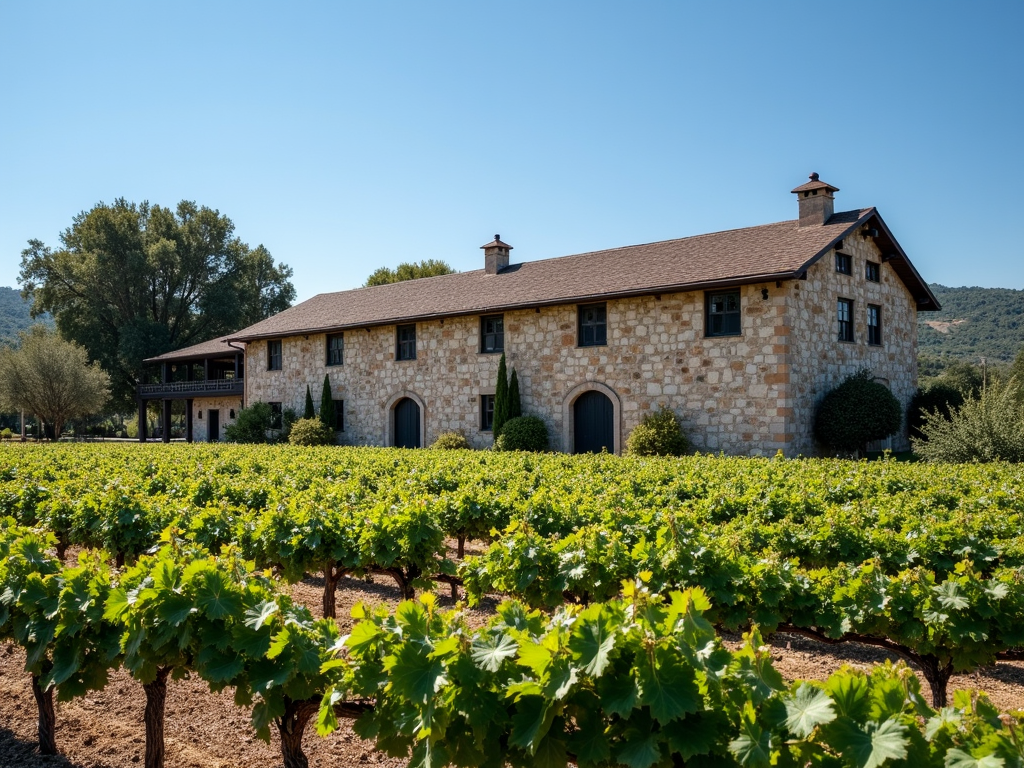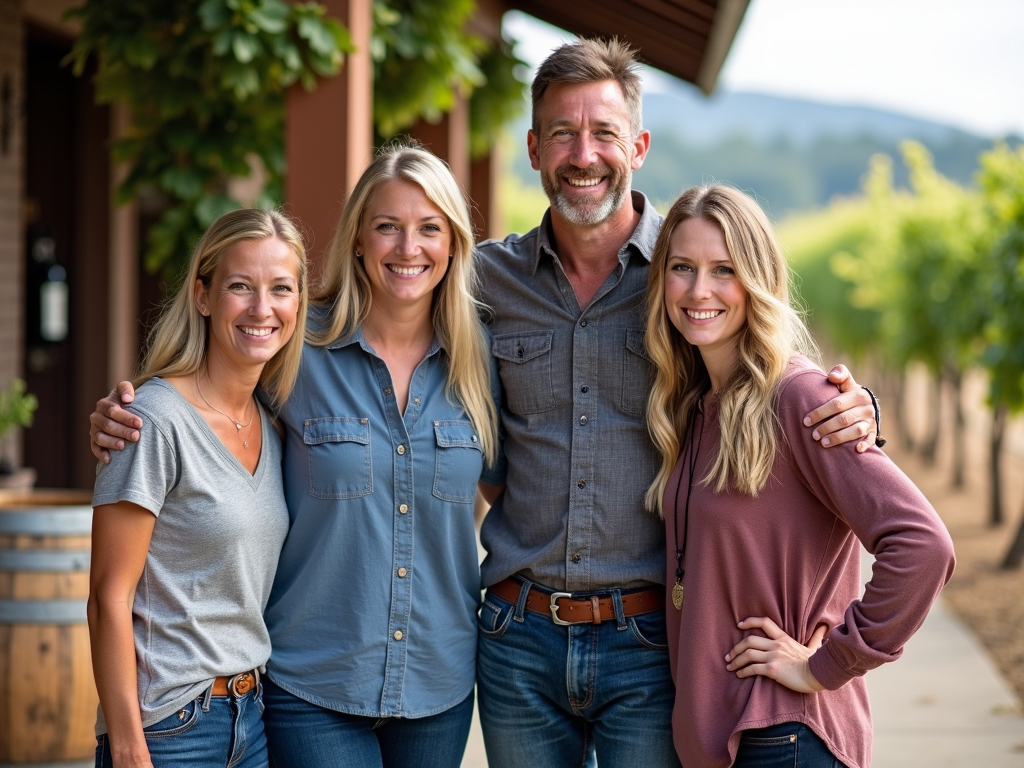Discover the Rich History of California’s Family-Owned Wineries
California’s family-owned wineries are treasures in the state’s wine industry. They hold onto rich traditions and heritage while big corporate brands grow around them. This article takes you through their amazing history, showing why they still shine today. Let’s dive in and explore!

The History of Family-Owned Wineries in California
California’s wine story started in the late 1700s. Spanish missionaries planted vineyards to make wine for church services. But the real boom came during the 1840s Gold Rush. European immigrants—many from Italy and France—brought their winemaking skills with them. Families like Sebastiani, Martini, and Mondavi set up wineries that became legends.
These pioneers faced tough times. A bug called Phylloxera destroyed many vines in the late 1800s. Then Prohibition hit in the 1920s, banning alcohol. Some wineries survived by making grape juice or church wine. Others got creative, even smuggling their goods. Their grit kept them going.
After Prohibition ended, these families rebuilt the industry. They tried new grapes and techniques, putting California on the global wine map. Today, their wineries are living history, showing how passion and hard work shaped a world-class region.

Family-Owned Wineries: Preserving Heritage in a Corporate World
Family-owned wineries stand out by sticking to their roots. Unlike big brands, they focus on quality, not just quantity. Many still pick grapes by hand or use old-school methods like natural fermentation. This keeps their wines special and true to their land.
Sustainability matters to them too. Lots of these wineries farm organically or use biodynamic methods. They want the land to stay healthy for their kids and grandkids. It’s not just about wine—it’s about passing down a legacy.
Community is another big piece. These wineries often hire locals, buy from nearby suppliers, or give back through events. Last summer, I visited a small winery in Napa. The owner told me how they sponsor a local school’s art program. That kind of connection feels rare with corporate giants.

Exploring California’s Vintner Heritage Through Local Wineries
Visiting these wineries is like stepping into a history book. Each one has a unique tale. Take the Sebastiani family in Sonoma—they started in 1904. Their great-grandkids still run the show, using recipes from over a century ago. You can taste the past in every glass.
Then there’s Ridge Vineyards in Santa Cruz Mountains. Since 1962, they’ve kept their focus on small batches and natural winemaking. Their tasting room sits in a rustic barn, and the staff loves sharing stories about the founders. It’s personal in a way big brands can’t match.
I’ll never forget my trip to a tiny winery in Paso Robles. The owner walked us through the vineyard, pointing out vines his grandfather planted in 1920. We ended up tasting a bold Zinfandel right in the cellar. Experiences like that make these places unforgettable.

Jackson Family Wines vs Other Wine Brands
Corporate brands like Jackson Family Wines have a big presence. They own dozens of labels and sell wine worldwide. Jackson Family Wines focuses on innovation—think high-tech equipment and slick marketing. Their scale lets them offer lots of variety, from budget bottles to fancy ones.
Family-owned wineries go a different route. They make fewer bottles but pour more heart into each one. You might chat with the winemaker at a tasting, hearing about their family’s journey. With Jackson Family Wines, it’s more about the brand than the people behind it.
Here’s a quick look at the differences:
| Aspect | Family-Owned Wineries | Jackson Family Wines |
|---|---|---|
| Focus | Quality, tradition | Variety, innovation |
| Scale | Small batches | Large production |
| Experience | Personal, intimate | Polished, efficient |
Both have their strengths, but family wineries feel more like home.

Challenges and Adaptations
Staying family-owned isn’t easy today. Rising land costs and competition from brands like Jackson Family Wines push them hard. Some adapt by selling direct to customers online. Others team up with local restaurants or offer unique events like harvest festivals.
Despite the hurdles, their spirit shines through. They keep heritage alive by blending old ways with new ideas. It’s inspiring to see them thrive in a corporate world.
Summary
California’s family-owned wineries are more than businesses—they’re stories of grit and love for the craft. They preserve history while offering wines and experiences you won’t find anywhere else. Next time you’re picking a bottle or planning a trip, give these gems a try. You’ll taste the difference.